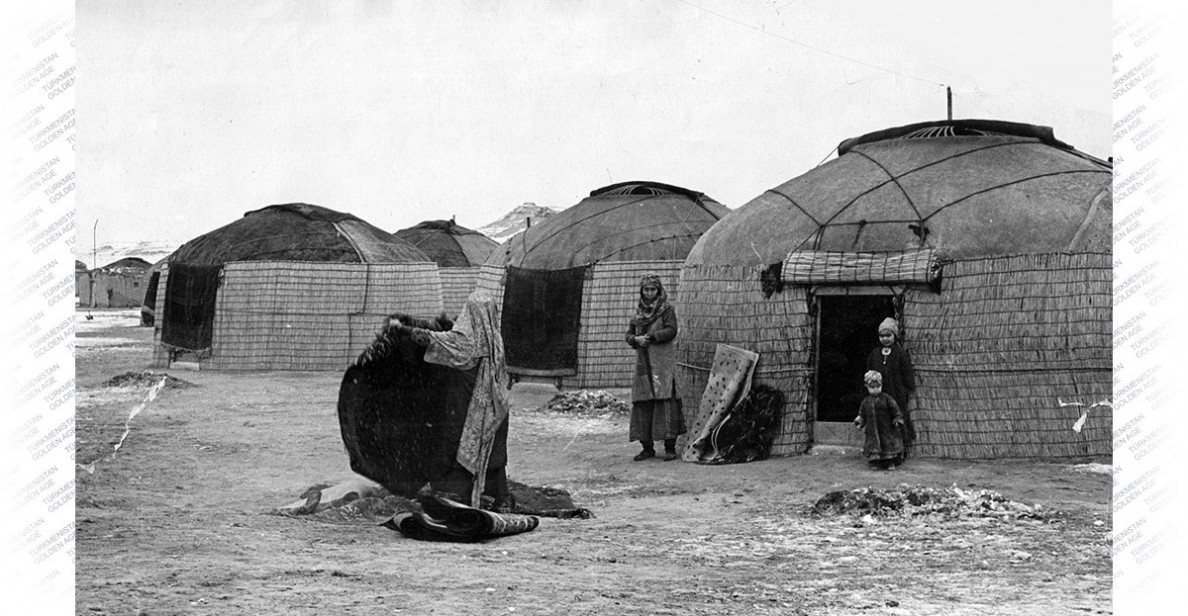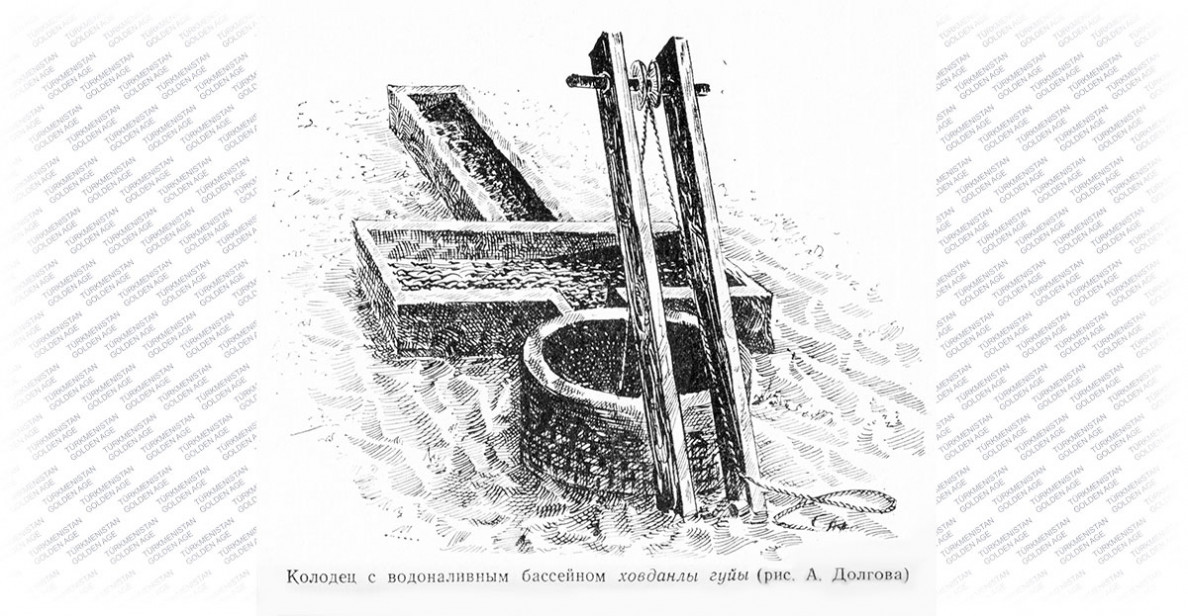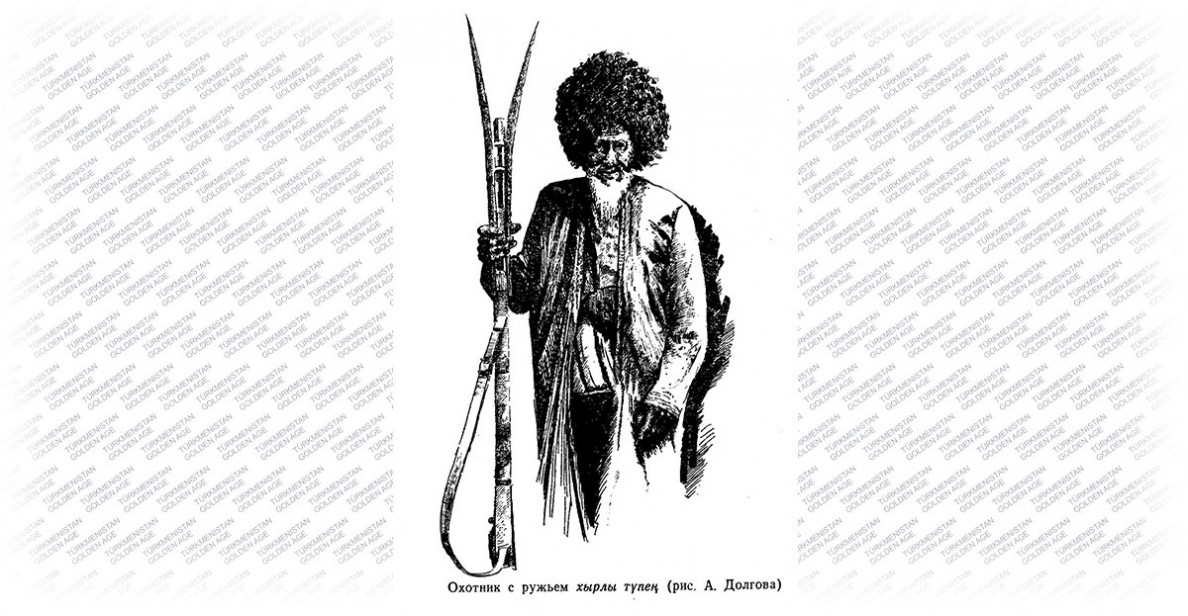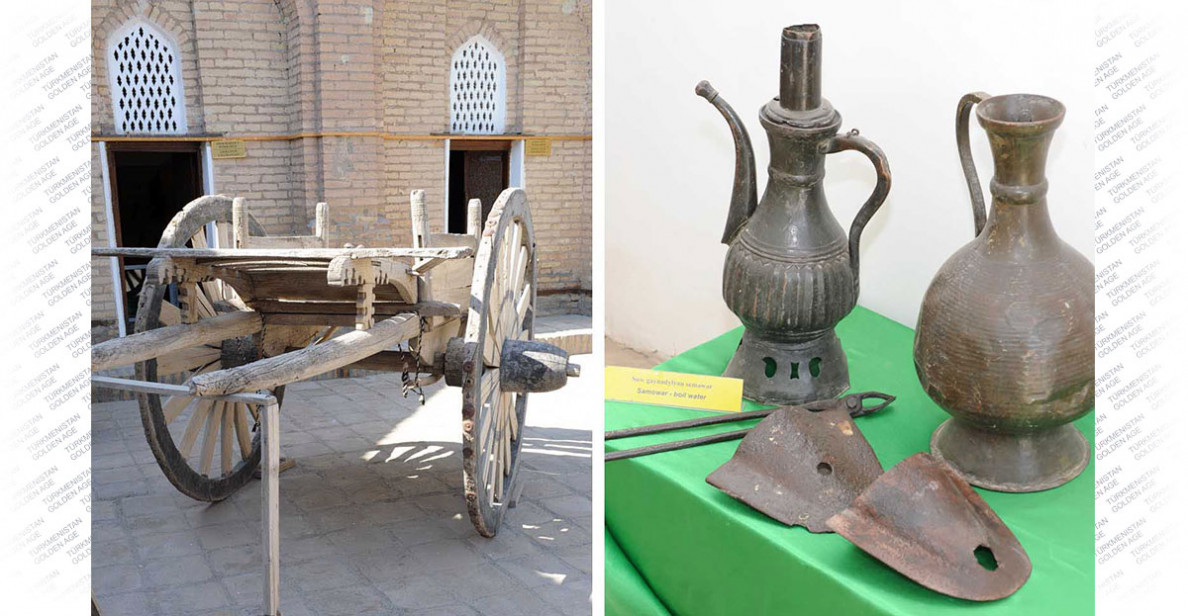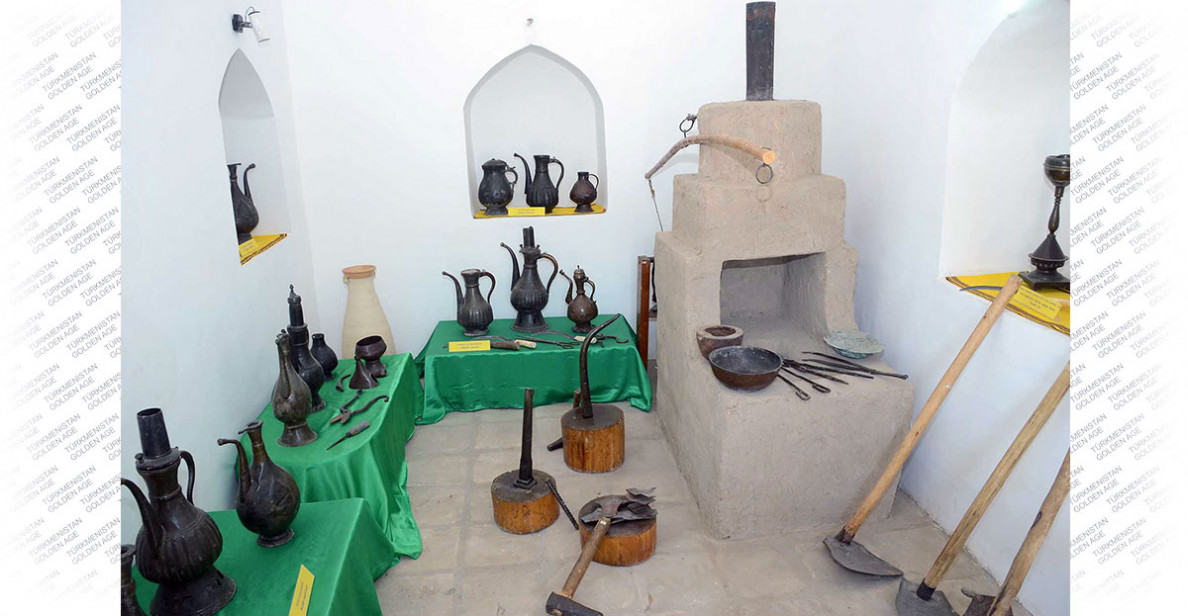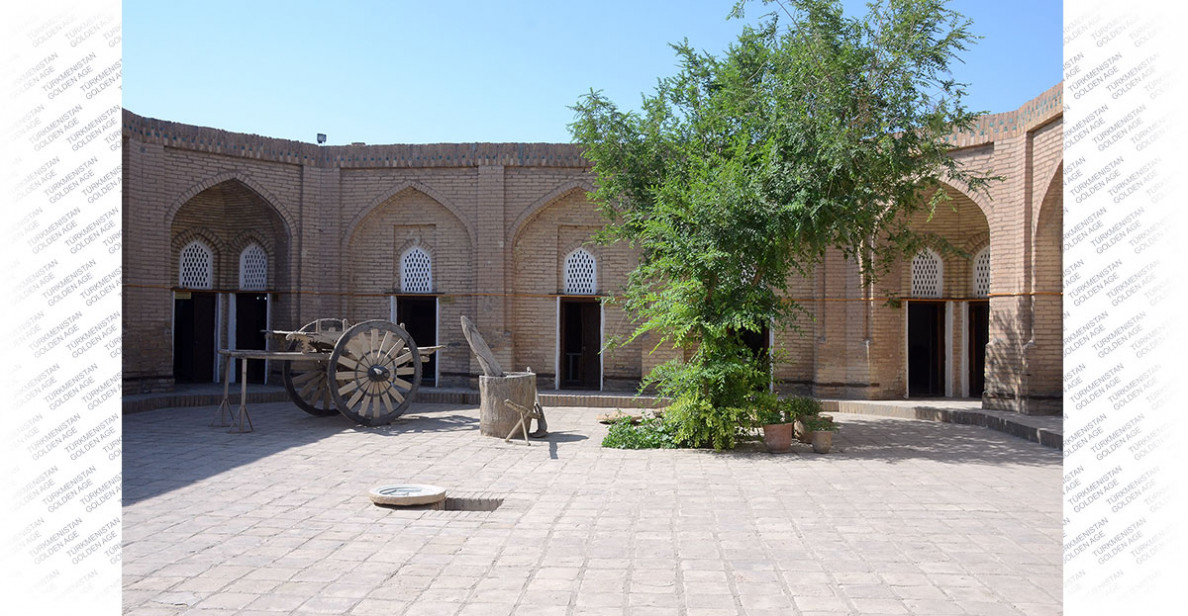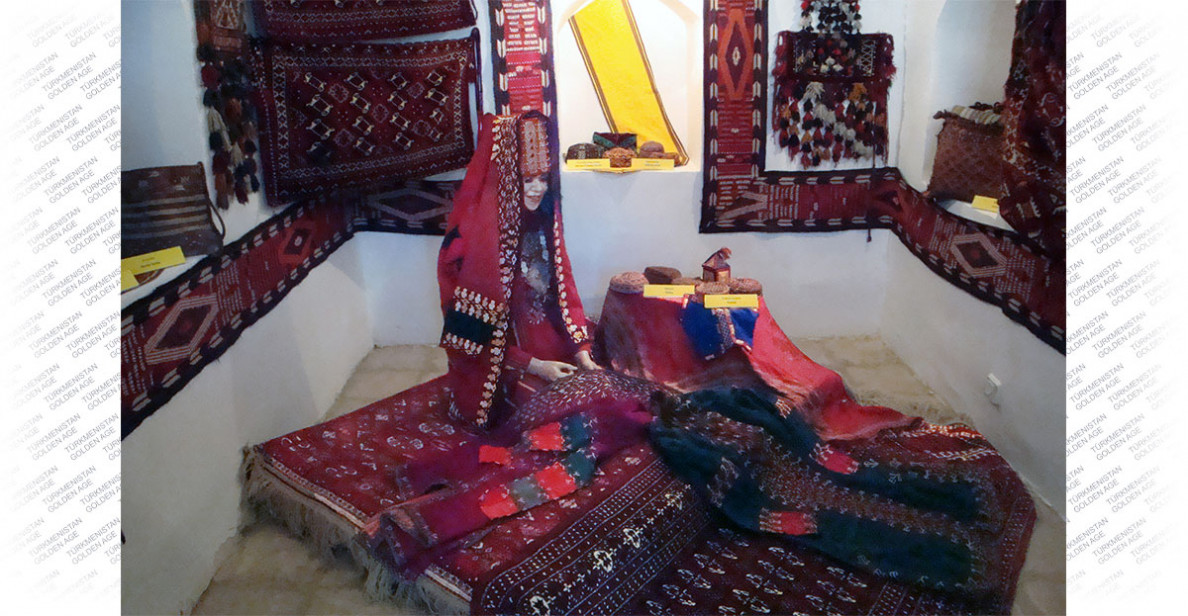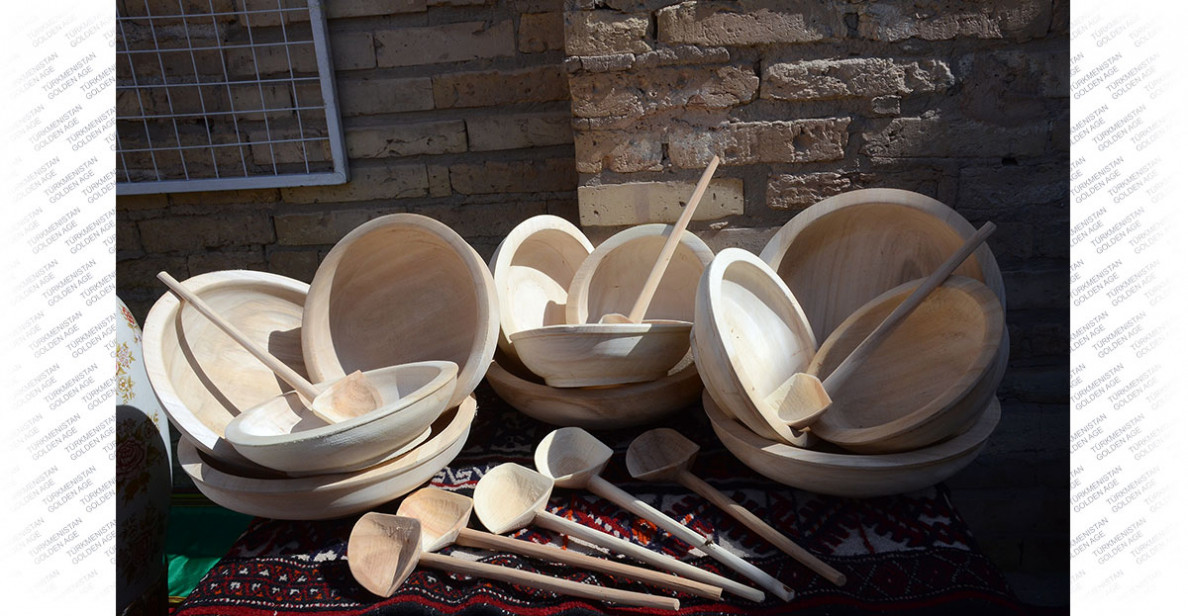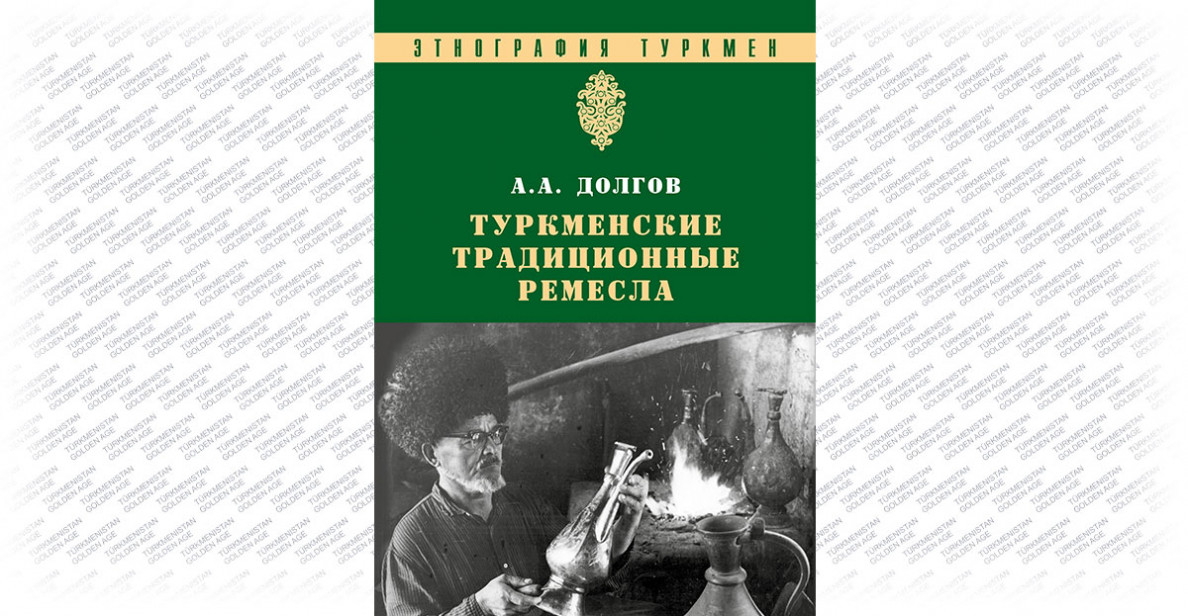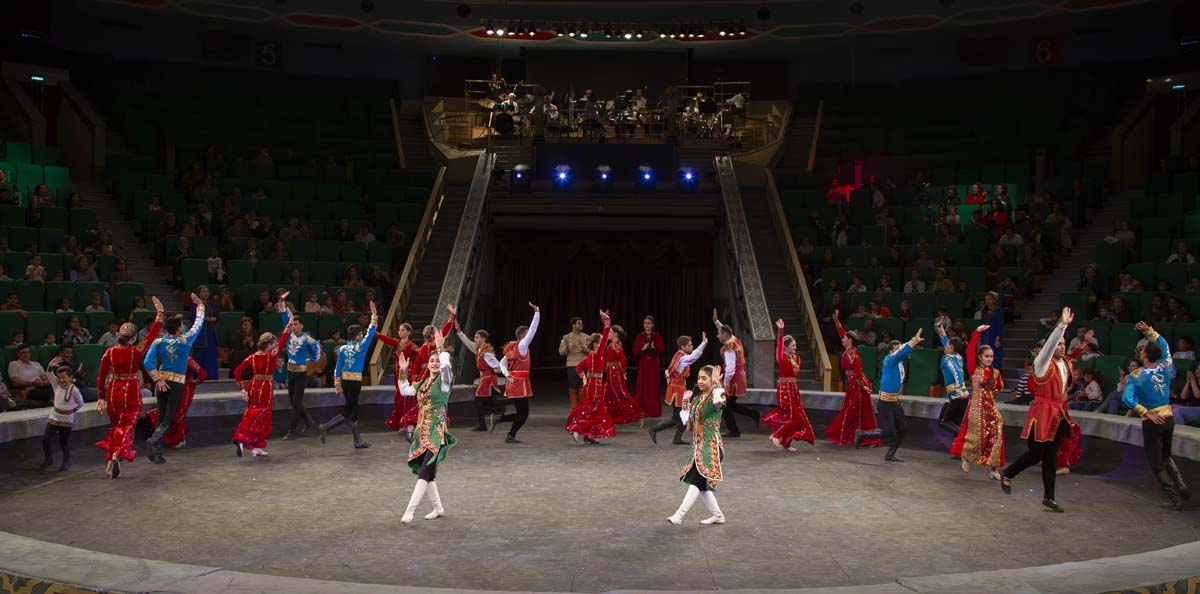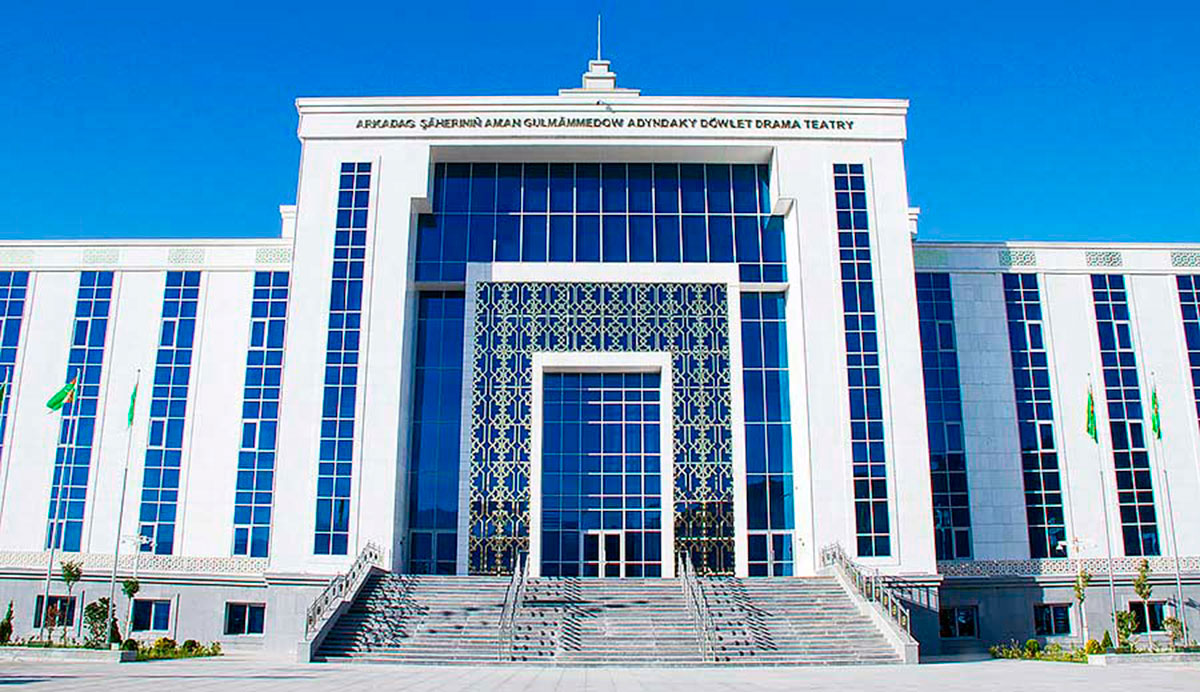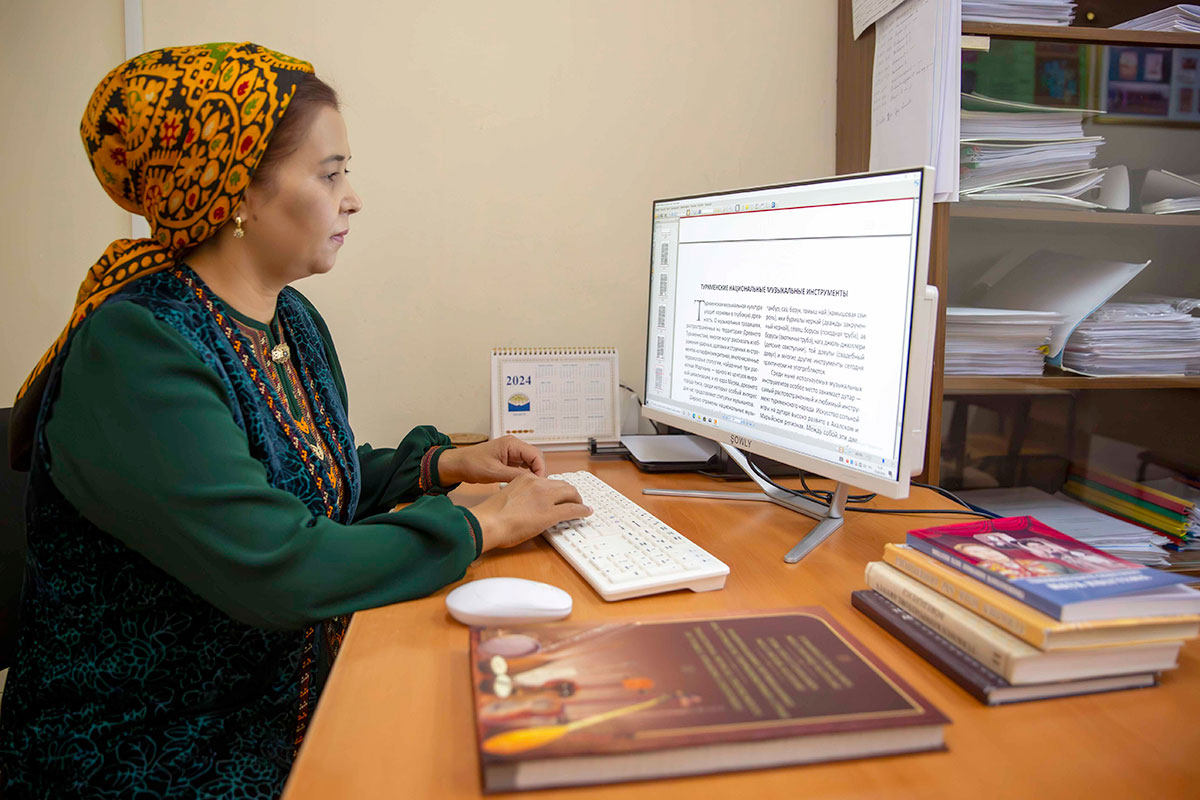There are professions which are filled with romantics of wandering around different countries and journeys to the distant past, especially this is related to archeologists who excavate the earth hoping to find the traces of lost cultures. However, there is an ethnography, which studies recent past of existing nations, their lifestyle, traditions and customs, among historical sciences. If geologists go on expeditions to the places without people, where only soils and stones are the subjects of their studies, the ethnographers go to the places where there are people they can talk to as the focus of their professional interest includes live people, people, which are the holders of collective memory and specific knowledge, which allows restoring not only the events of last several decades but also passing folk legends and myths, art and crafts to the following generations century after century.
There are less and less such people in the world as modern civilization with its total unification of living, rapid implementation of new technologies to all spheres of life make no concessions to a patriarchal world, in which our grandfathers and great grandfathers used to live in the XX century. That is why those who remembers some features of national culture received from own ancestors are referred as to “leaving nature”. It has come from the movie world to common language long time ago. In movie producing slang, it means that the shooting has to be continued while aged characters are still alive, to finish winter episodes while snow still has not melted or to do something with summer sciences when the leaves already turned yellow. Some occurrences of public, political and cultural life, which disappear without any trace and go to the past, are sometime referred as to “leaving nature”.
Ethnographer and artist from Ashgabat Alexey Alexandrovich Dolgov (1930 – 2020) was one of those who registered such “leaving nature” all his life. He was from the peasants of Nizhniy Novgorod Region. When he was a teenager, he worked together with adults somewhere in Trans-Volga Region and worked seriously, at full rate without any discount given for his age. The medal “For honest Work during the Great Patriotic War” received by 15-year old boy in the first year after the war speaks about many things. Although he did not like speaking of himself and it was difficult to make him talk about his memories, the fact remains the fact – such awards were not given to all. Probably, he could repeat the verses of his contemporary, poet Anatoly Zhigulin:
I was born in the thirties,
And was too young for the war.
But I have been though the misery
Among white cherry trees of Voronezh.
Dolgov has served his military service in border guard forces at Soviet – Polish birder in the Western Ukraine. After demobilization in 1953, he came to Turkmenistan due to family circumstances and left here forever, having fallen in love with this place. He has entered Shota Rustaveli Art College and after the historical faculty of Turkmen State University. Having combined two professions of artist and ethnographer, he was working on two main subjects for all his life – these are traditional Turkmen crafts and traditional living. Both has been left in the history and remained only in works of Alexey Dolgov.
He worked for about 30 years as a scientist of ethnographic department of Shaja Batyrov Institute of History under the Academy of Sciences of Turkmen SSR and after, served in the State Inspection for Protection of Historical, Cultural and Visual Art Monuments. After retirement, he was invited to work again in the beginning of this century, now to the Institute of Archaeology and Ethnography of the Academy of Sciences of Turkmenistan.
He finished working on his first monograph “Modern Turkmen Rural Settlements and Housings”, which was made by the material of research of Durun village and Bolshevik Collective Farm, Gyoktepe District, Ashgabat Region in 1985. His friend, Doctor of Historical Sciences Annadurdy Orazov, whose ethnographic works were illustrated with pictures of Alexey Alexandrovich, was a thesis advisor of Dolgov. In addition to numerous graphic drawings, the series of photos capturing traditional Turkmen housing and household items remain in his archive.
He caught old masters. Who lived in the end of the XIX beginning of the XX century in his field studies in 1960s, he recorded and drew many things but unfortunately, there was not much published. His monograph, which is dedicated to development of crafts and household industry on the territory of Turkmenistan hundred years ago, is prepared for publication this year. Dolgov worked on this book until the end of his days, finished it and handed over to publishing house. In his work, he has paid special attention to metal and wood processing production industry, having described in details the entire process of artisanal production of agricultural equipment, horse harnesses, jewelry, dishware and other items made of metal and wood.
Livestock and land farming were the main activities of Turkmen people before the modernization of Turkmenistan in the XX century. Domestic crafts, which were related with women’s work like carpet making, weaving, embroidery, have been stidued far better than men’s crafts including even such important craft as jewelry. The remaining types of artisanal production, which covered household demands of local population like ceramics, wood and metal processing were on the lower development level than in neighboring Uzbek, Afghan and Persian lands. This is related to the fact that these crafts were under trade associations, which proposed the availability of big artisans – corporations of hereditary masters, who were able to exist in developed urban environment while Turkmenistan did not have such big cities as Bukhara, Samarkand, Khiva, Herat or Mashhad after the XV century. The old regional artesian centers like Dekhistan, Shehrislam, Nisa, Abiverd, Serakhs, Merv and Urgench and other famous mediaeval cities were either abandoned by that time or turned into small rural settlements where only few certain masters could work on men’s crafts.
It was them, these irreplaceable in each rural community blacksmith masters, coppersmiths, jewelers as well as carpenters, woodworkers and turners, who became the main source of information of Alexey Dolgov in his field work. Every year, he used to go to the expeditions, having visited all regions of the republic where he found old-timers, who knew and remembered many things presenting interest for the ethnographer.
Their names, stories as well as quick pictures of old tools and items, which were demonstrated to him, remained in the dairies of Dolgov. He wrote many terms, which meant certain items and details, which have come out of use and completely forgotten today. That is why the dictionary of Turkmen words related to household life and tangible culture made by him has a great value. Undoubtedly, this knowledge is very specific and not many people are interested in it today but without them, national culture loses its components and if no one would try to preserve them, it will varnish in the end, become a myth without documented base. That is why local history museum, which accumulate not only local ancient rarities but also household items of modern nations, which are no longer in use, are needed.
Alexey Dolgov provide great support to add ethnographic collections of Turkmen museums. At this initiative and owing to his researches, the Museum of National Crafts has been opened and operates nowadays in Kunyaurgench, Dashoguz Region. The museum was opened in 1999 by the efforts of National Department of Turkmenistan for Protection, Study and Restoration of Historical and Cultural Monuments with support of the UN Development Program. The museum is located in the building of madrasa built in the beginning of the XX century and adapted for the museum after restoration. Each cell of former madrasa is tuned into the workshop representing one craft. Typical interior of the workshop where masters used to work has been reproduced. The masters are represented by dressed up manikins while all tools and ready-made production is original, which were collected by Dolgov or given to the museum by the residents of the region.
Twenty years ago, classmate on Alexey Alexandrovich in Art College, famous artist Durdy Bayramov has painted an excellent portrait of his friend, which reflects not only his face features but also his character. He was a personification of intelligence, always calm, gentle, ironical introvert, free from any ambitions, he never demonstrated his anger, never raised his voice, never demanded anything. Probably, this was a reason why Dolgov never tried to defend his thesis although he had good scientific experience. He did not care about such formalities of his social status. Undoubtedly, he was happy man as he loved his work and knew his purpose in life.
Last year, A.A. Dolgov was awarded with anniversary medal “75 years of Victory in 1941 – 1945 Great Patriotic War” at the Order of President Gurbanguly Berdimuhamedov. Unfortunately, Alexey Alexandrovich has passed away shortly after that. He was 91. The archive of the scientists has manuscripts that yet to be published. Sooner or later, they will be published and undoubtedly, will fill one of many lacunae in Turkmen ethnography.
Ruslan Muradov




